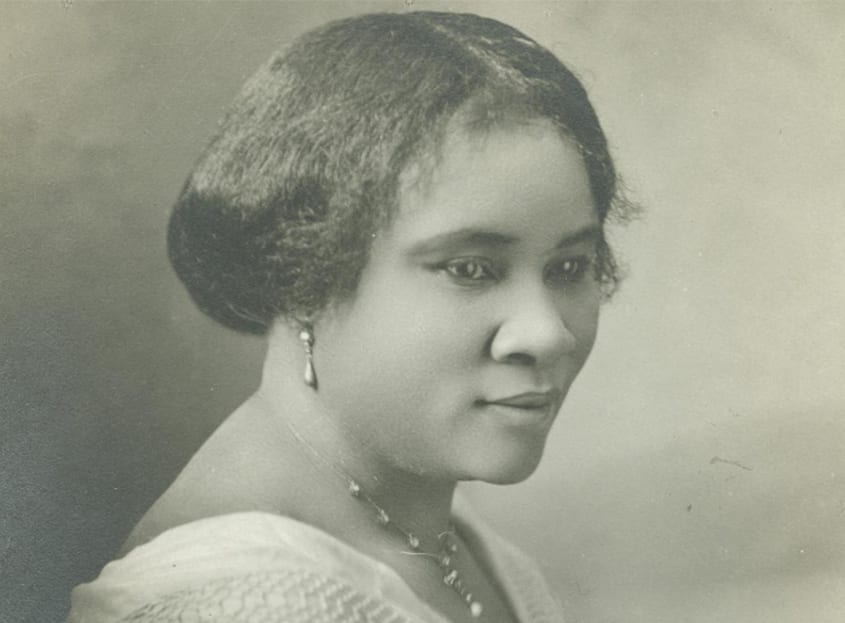Centering Black Philanthropy in Black History Month

The Black charitable tradition in the U.S., like Black history itself, is vast, multifaceted, and deserves more than a month’s worth of recognition and study. This is a non-exhaustive round up of recent journalism, history, data and contemporary stories on Black philanthropy. Originally published February, 2021, updated with new links and content February, 2022.
History and Context
- Black philanthropy is by no means a recent phenomenon. Tyrone Freeman of Indiana University highlights giving from the colonial era to today in his piece at The Conversation. “African American philanthropy…began soon after the first enslaved Africans disembarked in Virginia in 1619.”
- Black mutual aid societies were vitally important to African American civic life before the Civil War, throughout Reconstruction and into the Jim Crow era. The co-operative organizations financed medical care, life insurance, banking and financial services and purchases of land and livestock. More recently, online and grassroots mutual aid networks have seen a resurgence throughout the COVID-19 pandemic.
- The Non Profit Quarterly traces Black philanthropy’s origins to “the church, fraternal organizations, and…mutual aid.”
- Born Sarah Breedlove to parents who were enslaved before the Civil War, Madam C.J. Walker became a cosmetics entrepreneur whose beauty empire helped finance hundreds of charities and other organizations. Deeply influenced by the AME church, Walker focused her giving on helping African Americans in Northern cities, like her hometown of Indianapolis, throughout the Great Migration.
- A detailed 2014 report from the National Committee for Responsible Philanthropy, “Freedom Funders,” examines the historical connections between philanthropy and the Civil Rights Movement. Only a small handful of foundations were willing to support the mass movement for racial justice in the 1950s and 60s, but their work and legacy can serve as an inspiration and lesson for grantmakers today.
Data, Conversations and Resources on Giving Today
- The Urban Institute studied Federal Reserve data and found that Black families contribute the highest percentage of their wealth to charitable and philanthropic causes among American racial and ethnic groups—despite the overall wealth gap and other economic disparities they experience. Black United Funds and other state-based and local groups help to power giving.
- A 2015 study from Blackbaud found that African American donors were more likely to support charitable causes than others, especially those focused on social services, health and youth. But data also shows that African Americans are often excluded or neglected in traditional fundraising efforts. Respondents reported that they would give more, but they simply aren’t asked frequently enough.
- The Chicago Foundation for Women helped to produce a report on women philanthropists of color in Chicago. The findings have wide relevance and provide insight on key philanthropic and volunteer drivers. Donors in the survey were more motivated to give to local causes, faith organizations with which they have a personal connection, and to groups whose leadership reflects the communities they serve.
- Often led by Black donors and other philanthropists of color, giving circles are small groups that pool philanthropic dollars, then deliberate and vote on their use, and grant out money on a regular schedule. The groups are growing in popularity, serving underresourced organizations, and democratizing the work of philanthropy in the process.
- An in-depth 2021 study from the Lily Family School of Philanthropy at Indiana University looks closely at key motivators for donors of color during the COVID-19 pandemic and the renewed call for racial justice.
- Valaida Fullwood, an author and co-creator of Black Philanthropy Month, sees Black philanthropy today as a continuation of the work of her family and others like it: “…while no buildings bear their names, no boardrooms display their portraits, the philanthropists best known to me are the ones in my family, church and hometown.”
Note: While February is Black History Month, August celebrates Black Philanthropy specifically. Learn more about Black Philanthropy Month here.
Photo: Madam C.J. Walker (Collection of the Smithsonian National Museum of African American History and Culture, Gift of A’Lelia Bundles / Madam Walker Family Archives)
NPT is not affiliated with any of the organizations described herein, and the inclusion of any organization in this material should not be considered an endorsement by NPT of such organization, or its services or products.
NPT does not provide legal or tax advice. This blog post is for informational purposes only and is not intended to be, and shall not be relied upon as, legal or tax advice. The applicability of information contained here may vary depending on individual circumstances.


